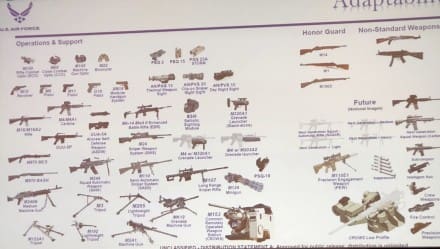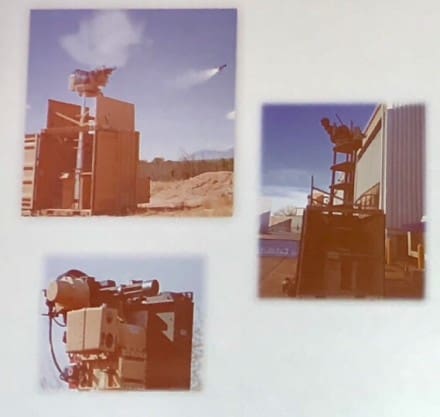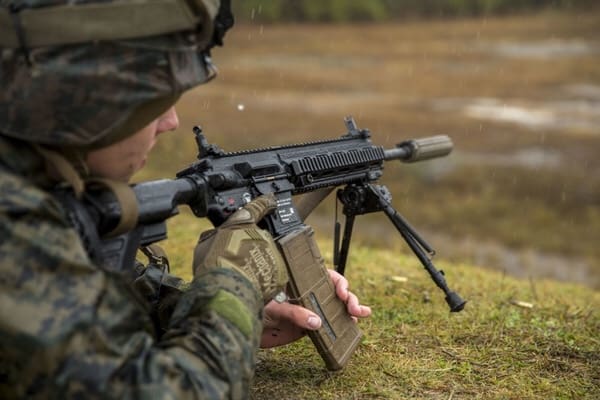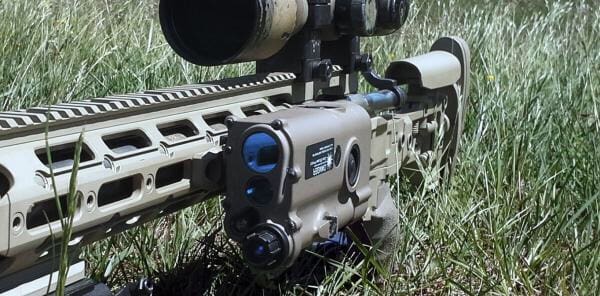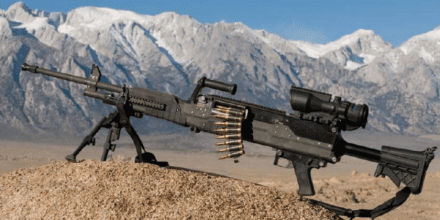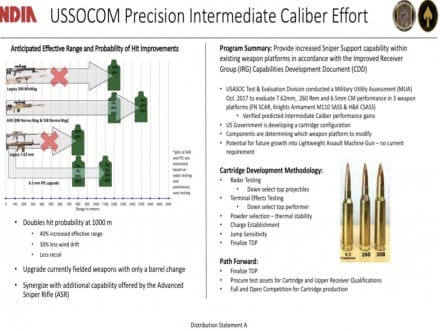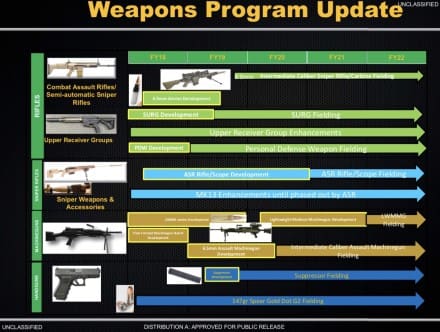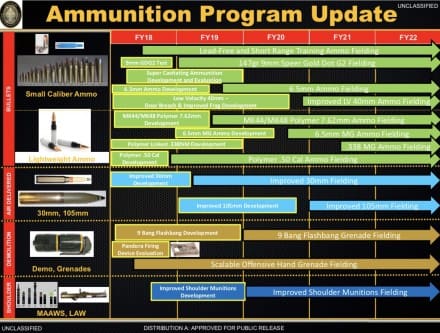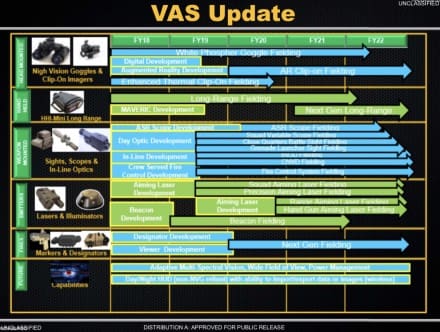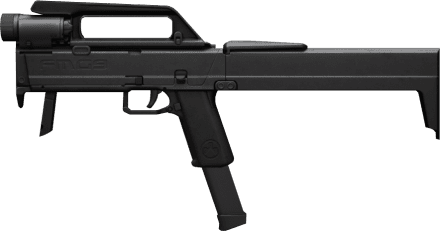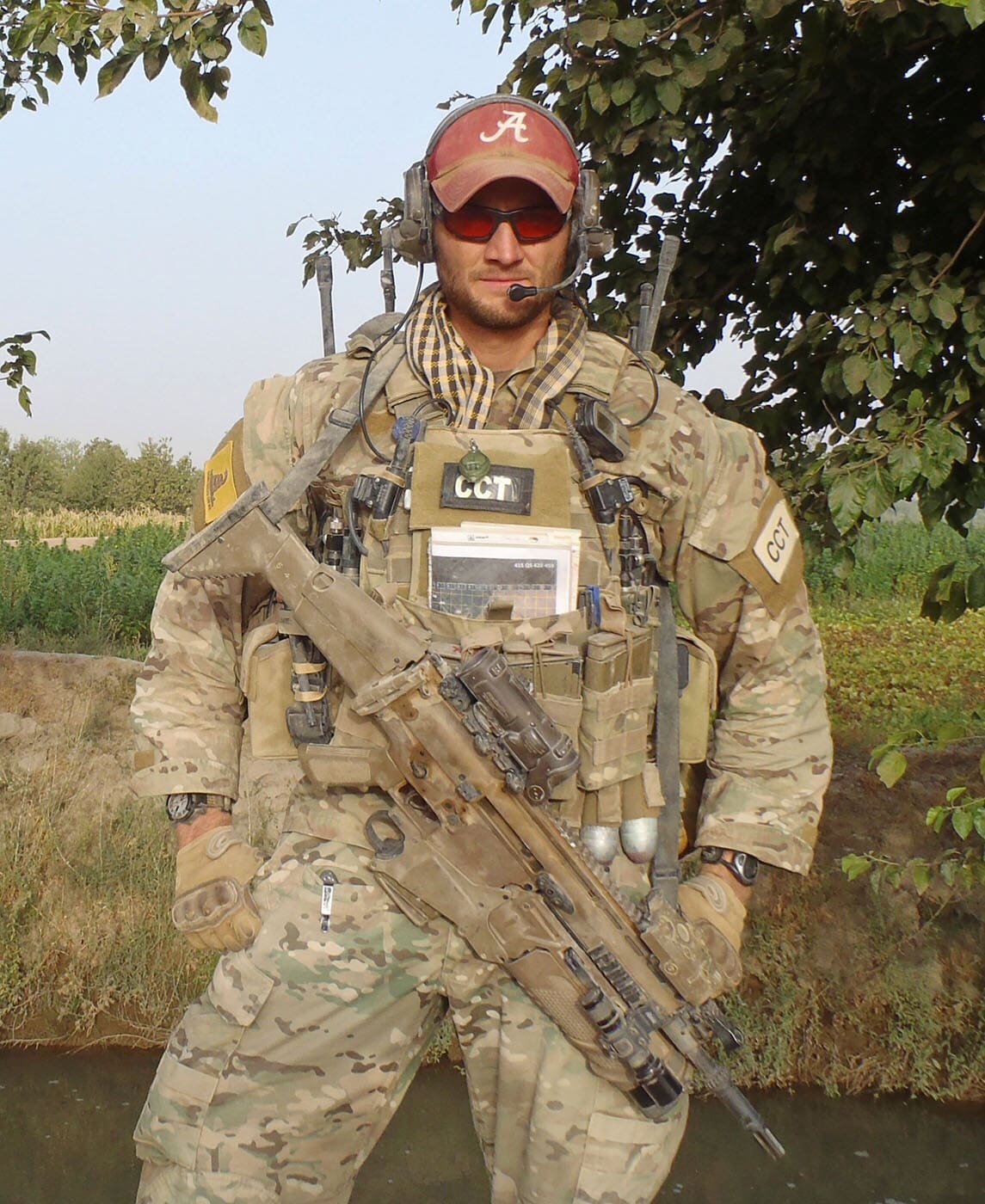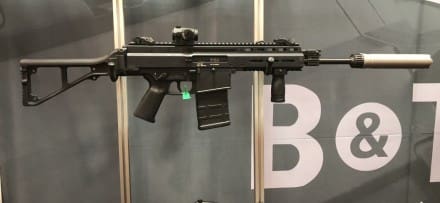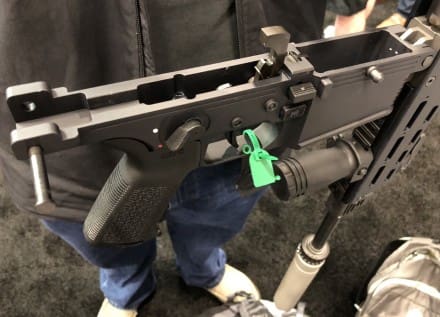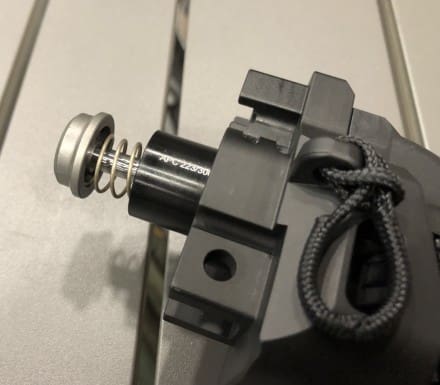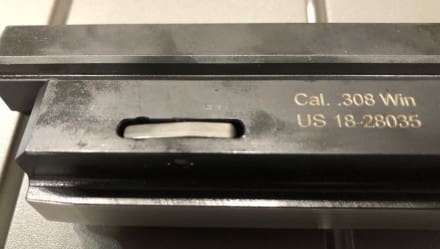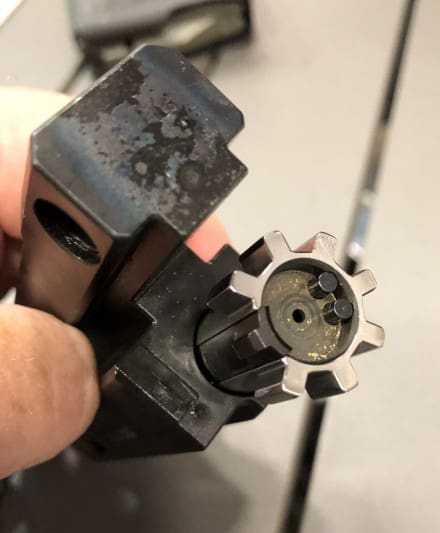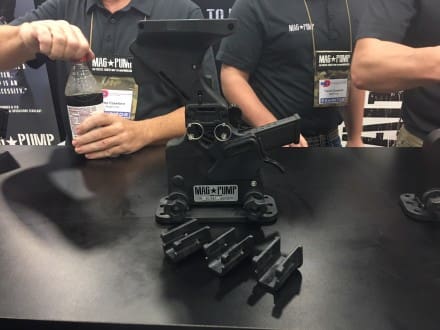WESTFIELD, Massachusetts – May 10, 2018 –Savage unleashed a flurry of new high-performance firearms at the 2018 NRA Meetings and Exhibits Show in Dallas, Texas. The new models unveiled include the MSR 15 Long Range and MSR 15 300 Blackout Pistol, along with the Rascal FV-SR, Rascal Target and Rascal Target XP.

The MSR 15 Long Range is built to with a 22-inch stainless steel barrel deliver pinpoint precision at any distance. Savage engineers tuned barrel length specifically for the 224 Valkyrie cartridge to achieve peak accuracy at extreme range. The MSR 15 Long Range barrel is also topped with a two-port muzzle brake mounted with Savage’s proprietary taper-lock interface. The brake allows shooters to adjust recoil impulse and stabilize the muzzle for faster, more accurate follow-up shots.
The MSR 15 Long Range also features a custom-length gas system, paired with a low-profile adjustable gas block, that is enclosed by a true free-float handguard. The gas block can be adjusted for optimum cycling of the full range of bullet weights and tuned for use with a suppressor.
For its part, the MSR 15 Blackout Pistol, equipped with KAK Shockwave Brace, takes full advantage of the 300 Blackout’s adaptability to a wide range of hunting, self-defense and tactical situations. The AR Pistol uses a pistol-length gas system so shooters can utilize suppressors and reliably cycle subsonic ammunition without adding length and weight. Plus, its 10.5-inch melonite QPQ coated barrel’s 5R button rifling provides both accuracy and maneuverability, while a full suite of accessory upgrades make it easier and more comfortable to shoot.

Savage’s new Rascals are pint-sized powerhouses designed to take the industry’s safest micro rimfire to new heights. The new rifles can shoot 22 Short, 22 Long or 22 Long Rifle ammunition. These single-shot rifles feature Savage’s user-adjustable Accu-Trigger system. Like the original Rascal, they cock by lifting the bolt and unload easily—without pulling the trigger. The design also builds superior shooting skills thanks to full-size rifle features.
The Rascal FV-SR enhances accuracy with a heavy barrel with a threaded (1/2-28) muzzle and sports a tough synthetic stock. The Rascal Target features a precision hardwood stock, heavy 16 1/8-inch barrel, one-piece Picatinny rail and is also threaded muzzle for accuracy and adaptability.
The Rascal Target XP offers all the Rascal Target amenities in a ready-to-shoot package that comes with a mounted and bore-sighted 4x32mm scope, as well as a bipod sling swivel stud mount.
Part No. / Description / MSRP
22947 / MSR 15 Long Range, 224 Valkyrie, 22-inch barrel / $1,849
22933 / MSR 15 Blackout, 300 Blackout, 10.5-inch barrel / $1,099
13834 / Rascal FV-SR Black, 22 S, L, LR, 16.125-inch barrel / $219
13835 / Rascal FV-SR Pink, 22 S, L, LR, 16.125-inch barrel / $219
13823 / Rascal Target, 22 S, L, LR, 16.125-inch barrel / $314
13824 / Rascal Target XP, 22 S, L, LR, 16.125-inch barrel / $399
13836 / Rascal Target XP LH, 22 S, L, LR, 16.125-inch barrel / $399
To learn more about Savage, visit www.savagearms.com.


